In the world of software engineering, design plays a crucial role in determining the success of a project. One popular design approach is procedural design, which focuses on breaking down a system into smaller, manageable procedures or functions. These procedures are then executed sequentially to accomplish a specific task. In this blog post, we will explore the concept of procedural design in software engineering, its benefits, and its limitations. By the end, you will have a clear understanding of how procedural design can be effectively employed to develop robust and efficient software solutions.
1. Understanding Procedural Design:
Procedural design is a structured programming paradigm that emphasizes the concept of procedures or functions. Procedures are self-contained blocks of code that perform a specific task or set of tasks. They can take inputs, perform computations, and produce outputs. The main idea behind procedural design is to break down complex problems into smaller, more manageable procedures, making the code easier to understand, maintain, and test.
2. Advantages of Procedural Design:
Procedural design offers several advantages in software engineering:
a. Modularity: Breaking down a system into smaller procedures promotes modularity, making it easier to understand and modify individual components without affecting the entire system. This enhances code reusability and maintainability.
b. Readability: Procedural design follows a top-down approach, where the main procedure calls smaller procedures to accomplish a task. This approach enhances code readability, as the flow of execution is clear and easy to follow.
c. Debugging: With procedural design, debugging becomes more manageable, as errors are isolated to specific procedures. This reduces the debugging time and effort required to identify and fix issues.
d. Performance: By breaking down complex tasks into smaller procedures, procedural design allows for efficient resource utilization. Procedures can be optimized individually, resulting in improved performance of the overall system.
3. Limitations of Procedural Design:
Although procedural design has its merits, it also has some limitations:
a. Lack of flexibility: Procedural design may not be suitable for all types of software systems. It can be less flexible when dealing with complex and dynamic requirements, where other design approaches like object-oriented programming may be more appropriate.
b. Limited code reuse: While procedural design promotes modularity, it may not facilitate code reuse as effectively as other design paradigms. This could lead to code duplication and decreased productivity in larger projects.
4. Best Practices for Procedural Design:
To ensure effective use of procedural design, consider these best practices:
a. Encapsulate procedures: Each procedure should focus on a single task and have a well-defined purpose. This enhances code clarity and modularity.
b. Use meaningful naming conventions: Clear and descriptive names for procedures help improve code readability and maintainability.
c. Minimize procedure dependencies: Limit the interdependencies between procedures to reduce the potential impact of changes and improve code maintainability.
d. Document procedures: Documenting procedures, including their inputs, outputs, and purpose, helps developers understand and use them correctly.
e. Test procedures individually: Test each procedure independently to ensure they function correctly before integrating them into the system. This facilitates easier debugging and reduces overall testing effort.
5. Real-world Applications:
Procedural design finds its applications in various domains, such as:
a. Scientific simulations: Procedural design is often used to model and simulate complex scientific phenomena, where procedures represent physical or mathematical calculations.
b. Embedded systems: Procedural design is well-suited for developing software for resource-constrained embedded systems, where efficiency and performance are critical.
c. Data processing: Procedural design can be employed to process large datasets by breaking down complex data transformations into smaller procedures.
Conclusion:
Procedural design in software engineering offers a structured and organized approach to system development. By breaking down complex problems into smaller procedures, it promotes modularity, readability, and efficiency. While it may have limitations in terms of flexibility and code reuse, procedural design remains a valuable tool in the software engineer’s arsenal.
We hope this blog post has provided you with a comprehensive understanding of procedural design in software engineering. If you have any thoughts, questions, or experiences to share about procedural design, please leave a comment below. We would love to hear from you!
Software design for procedural programming – Software Engineering …
May 23, 2011 … Modularity and separation of concerns comes into play in any large scale system and it doesn’t matter whether your language falls into the … – softwareengineering.stackexchange.com
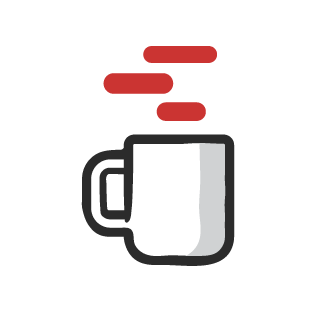
Procedural Design in Software Engineering | Types of Software – All …
Apr 16, 2020 … Procedural Design in Software Engineering: Objective in procedural design is to transform structural components into procedural description … – www.allbca.com
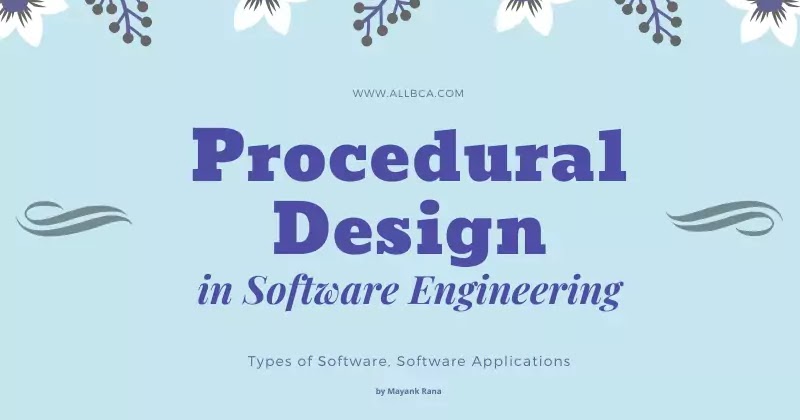
Procedural Design | Software Engineering – Infinity Lectures
Apr 20, 2022 … Procedural Design in Software Engineering Procedural design is used to model programs that have an obvious flow of data from input to output … – infinitylectures.com

Top Down And Bottom Up Design In Software Engineering
Top Down And Bottom Up Design In Software Engineering In the world of software engineering design plays a crucial role in creating robust and efficient software systems. Two popular approaches to software design are top-down and bottom-up design. These approaches offer different perspectives and met – drawspaces.com
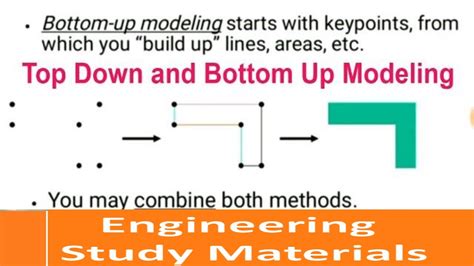
Design Process For Engineering
Design Process For Engineering What is the Engineering Design Process? A Complete Guide – TWI The engineering design process is a series of steps that engineers follow to find a solution to a problem. The steps include problem solving processes such … www.twi-global.com Engineering Design Process – drawspaces.com

game design – Procedural sidescroller world gen algorithm by seed …
Nov 14, 2017 … If this is the case, what could be a reasonable alternative? game-design · algorithm · software-engineering · procedural-generation · side- … – gamedev.stackexchange.com
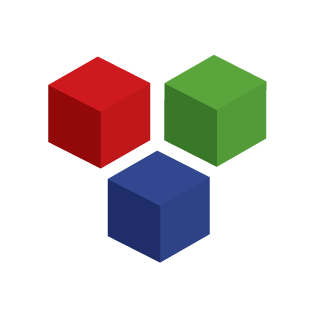
State difference between procedural design and object-oriented …
Procedural Oriented Design. Object Oriented Design. The basic abstractions, which are given to the user, are real world functions. – gtu-paper-solution.com
oop – How to teach object oriented programming to procedural …
Jul 15, 2009 … The same applies to OO design and software engineering. Refactoring provides abundant terminology and mental models (design patterns, code … – stackoverflow.com

Engineering By Design Process
Engineering By Design Process Engineering Design Process – TeachEngineering The engineering design process is a series of steps that guides engineering teams as we solve problems. The design process is iterative meaning that we … www.teachengineering.org Engineering Design Process | NASA Jan 30 20 – drawspaces.com

Software Pattern Design
Software Pattern Design: Creating Efficient and Scalable Solutions In the ever-evolving world of software development finding efficient and scalable solutions is crucial. This is where software pattern design comes into play. Software pattern design refers to a set of proven solutions to common prog – drawspaces.com

Best Cad Software For Fashion Design
Best CAD Software For Fashion Design: Revolutionizing the Industry Fashion design has evolved significantly in recent years thanks to advancements in technology. One such innovation that has revolutionized the industry is Computer-Aided Design (CAD) software. CAD software enables fashion designers t – drawspaces.com
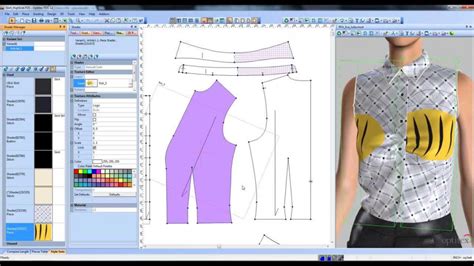
Cabinet Design Software
Cabinet Design Software: Unlocking Creativity in Every Corner In today’s fast-paced world technology has revolutionized various aspects of our lives including home improvement and interior design. When it comes to cabinet design gone are the days of manual measurements and countless hours spent on t – drawspaces.com

Sublimation Design Software
Free Sublimation Design Software Silhouette Studio for Sublimation: Free Software for Epson and … May 17 2022 … Silhouette Studio can be used for Sublimation printing for not only designing but also print layout. … You don’t even need a Silhouette cutting … www.silhouetteschoolblog.com 9 Bes – drawspaces.com

Graphic Design Free Software
Graphic Design Free Software Canva: Visual Suite for Everyone Canva is a free-to-use online graphic design tool. Use it to create social media posts presentations posters videos logos and more. /a /p !– /wp:paragraph — /div !– /wp:column — !– wp:column {width:20%} — div class=wp-block-column s – drawspaces.com

Design Process In Engineering
Engineering Process Design Engineering Design Process The engineering design process is a series of steps that engineers follow to come up with a solution to a problem. Many times the solution to a problem involves … /a /p !– /wp:paragraph — /div !– /wp:column — !– wp:column {width:20%} — di – drawspaces.com

Land Plot Layout Design Software
Land Plot Layout Design Software: Streamline Your Design Process Introduction (Word Count: 200-250 words) Designing the layout of a land plot for construction or landscaping purposes can be a complex task. However with advancements in technology land plot layout design software has emerged as a valu – drawspaces.com
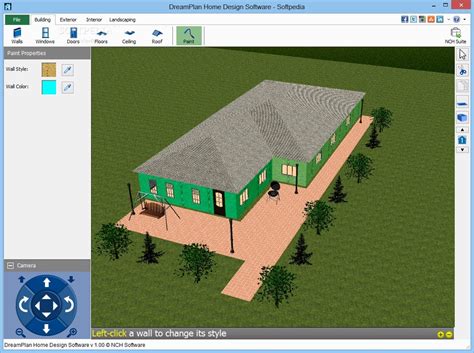
NPR 7150.2D – main
Mar 8, 2022 … … Procedural Requirements, NPR … Design 4.4 Software Implementation 4.5 Software Testing 4.6 Software Operations, Maintenance, and Retirement … – nodis3.gsfc.nasa.gov